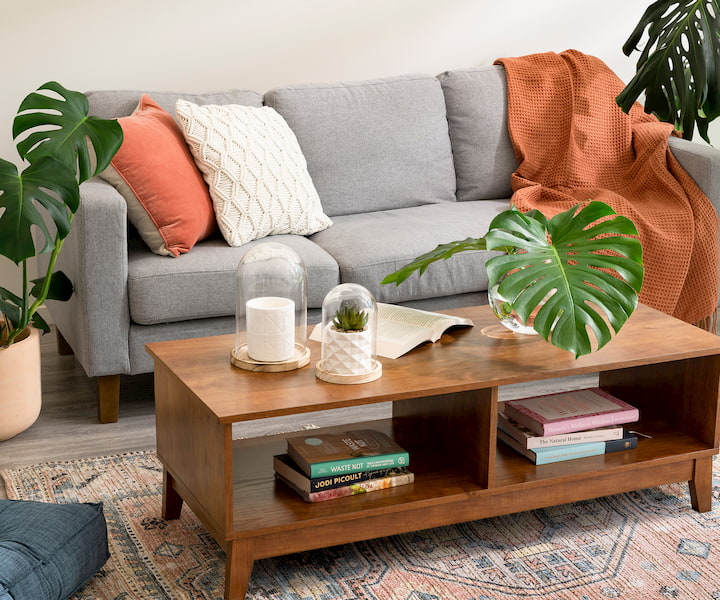Open floor plan has become quite the trend in the last few years, and it’s easy to see why… First of all, it adds value to the home since it allows for a multifunctional space. This concept also lets more of the natural light in and provides a better view (it’s much easier to supervise the kids without walls and entertain guests while you’re cooking). Plus, there’s the increase in the traffic flow and quality of life that comes with the feeling of spaciousness, comfort and family togetherness.
As an architectural concept, it’s nothing new considering how popular it used to be in the 19th century, right after the implementation of centralised heating, and it was especially notable in the designs of the architect Frank Lloyd Wright.
Despite the benefits, however, there are some drawbacks to it, which might talk many out of implementing this concept in their homes. The major one is the lack of privacy since there are less rooms to count on and more people get to share the same space, plus visual clutter as furnishings appear all jumbled. Be that as it may, there are ways to go about them, so read along.

Dividing the Space
Just because there are no walls, it doesn’t mean you can’t functionally divide the area. In fact, there are versatile ways to do so, and it wouldn’t cost you nearly as much as the addition of walls would.
One of the easiest and most affordable ways to do so is to introduce screen dividers. Knowing they’re available in different designs, patterns and colours, made from different materials, like the charming rattan or modern plastic, you’ve got plenty to choose from. This renders them stylish and along with being useful for visually separating the area, they can double as decorative elements too with their texture, adding dimension to your home.
Given that they’re flexible structures, it’s piece of cake to move them elsewhere in the room in case you grow tired of their current location and would like to change things up a little bit by trying out a different layout. An additional benefit of screen dividers is that they serve as a noise barrier which is also considered an issue with open floor living.
Same as with the screen dividers, rugs are a welcome addition when it comes to diffusing noise, particularly thicker ones. They’re also helpful for dividing areas and serving as focal points when arranging different groups of furniture for specific tasks. Needless to say, rugs are also useful for bringing warmth and texture to the interior.

Colour can be of help as well when trying to visually divide the kitchen from the dining area, or both from the living room, for example. You can achieve this by painting the walls in contrasting colours, and it can even turn into a fun DIY project the whole family would enjoy.
If you’d like to take it a step further and make it more challenging and decorative, you could use the help of wallpapers too. Still, to refrain from causing visual mess, it’s advisable to choose colours and patterns that work well together. Wallpapers with geometric details are usually simple and can fit in most surroundings.
And then, artworks! Paintings, sculptures, timeless frames – all of these can be the ideal strategy to achieve division allowing you to play with different tones and even make one area appear more casual/formal then the rest of the space. If you decide to get screen dividers, you’d also be able to count on them as panels to showcase some of your favourite artworks. Talk about convenience!
As you can see, it’s not complicated to keep things separated and neat even in a multifunctional space. That being said, feel free to embrace it and improve the quality of your living space!